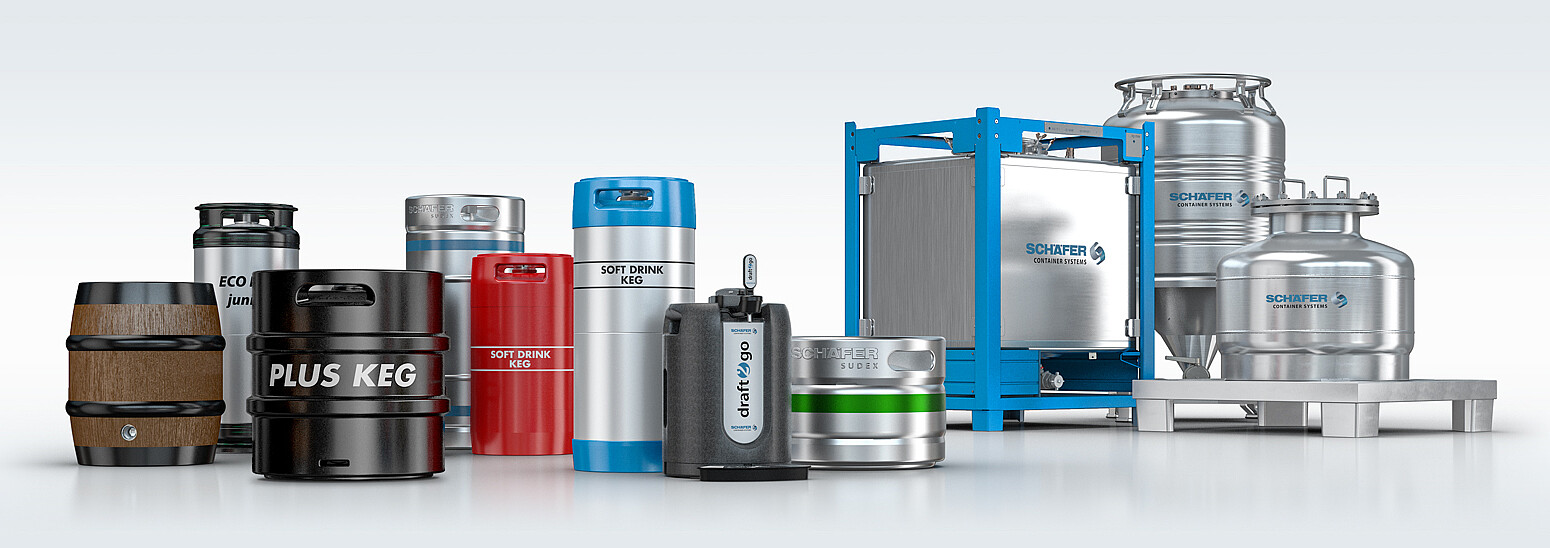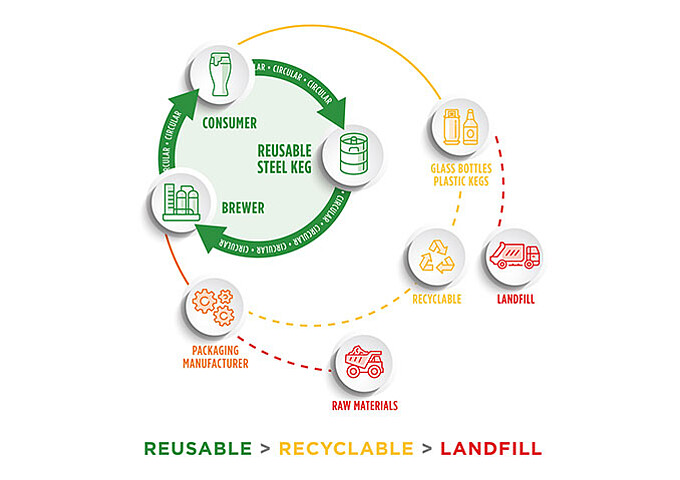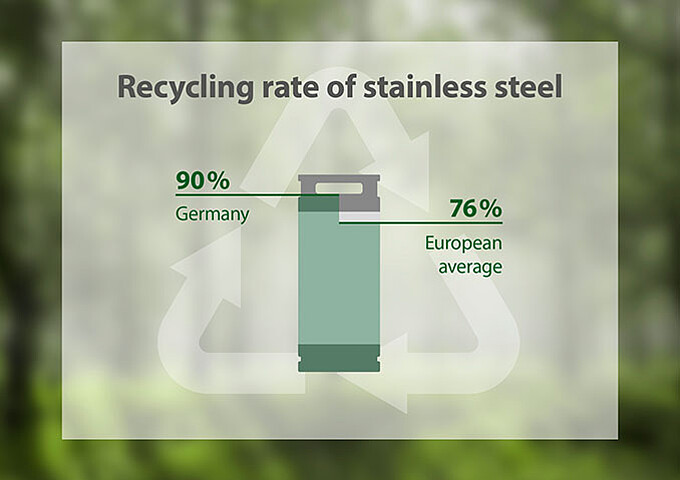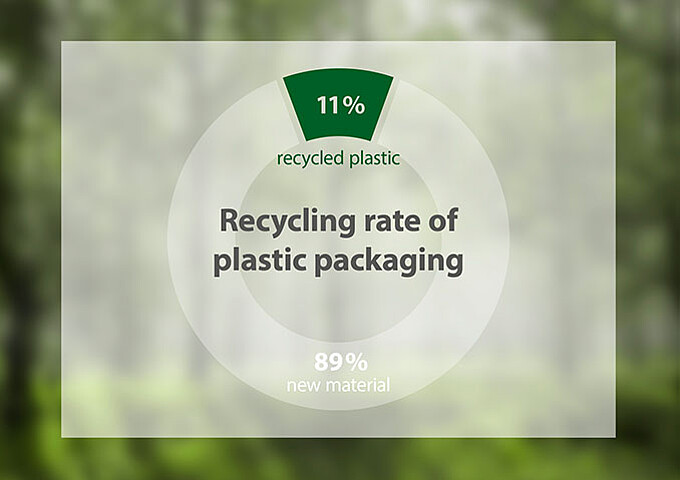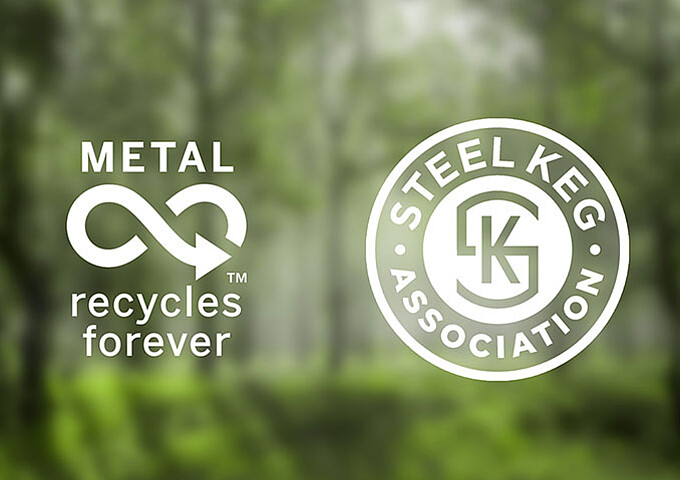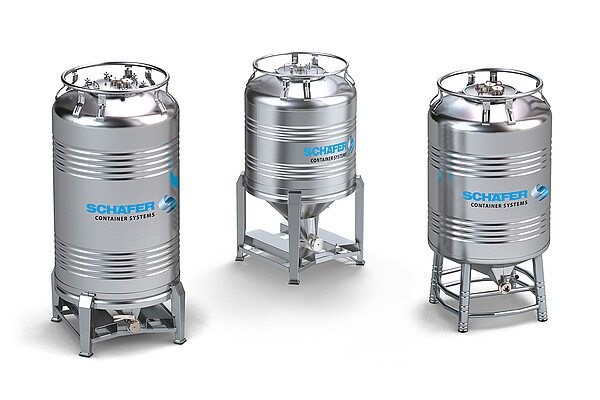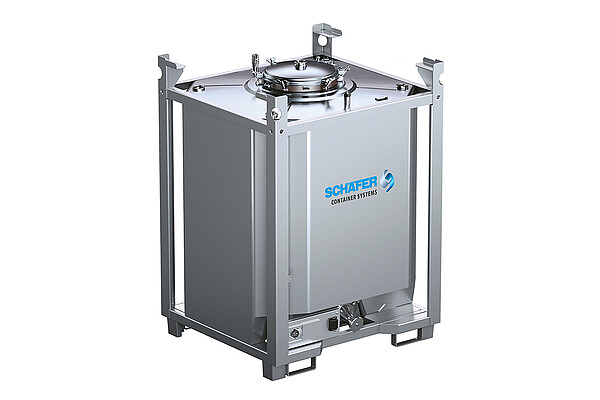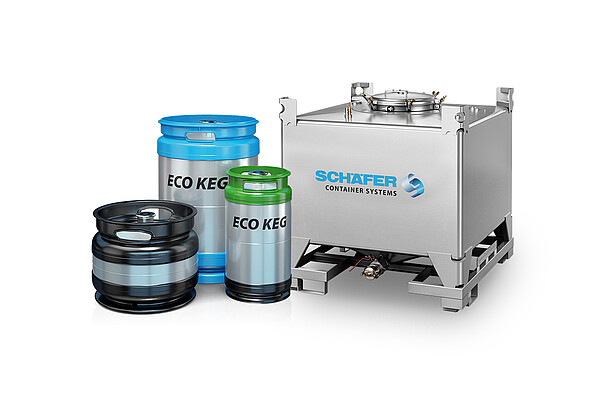Self-healing, hygienic and biocompatible
In general, all metals have the same basic properties such as good thermal conductivity, electrical conductivity, metallic lustre and malleability. These properties vary considerably in each metal. Precious metals are particularly resistant to acids, alkalis and oxidation (corrosion).
Alloyed stainless steels, i.e. mixtures of iron and other metals, are used in the packaging industry. The best-known stainless steels are V2A (chromium-nickel steel) and V4A (chromium-nickel-molybdenum steel). These alloyed steels have a thin passive layer on the surface. Therefore, they do not need any additional surface protection.
The good performance of stainless steel in terms of hygiene can be explained by three well-known properties. The smooth surfaces make it difficult for microorganisms to accumulate. This means that germs and fungi cannot find a suitable breeding ground and viruses cannot find host cells.
Furthermore, this material does not react with common cleaning agents or disinfectants. Exceptions to this are cleaning agents that react with oxygen, such as chlorine cleaners. However, the consistent surface facilitates thorough cleaning of the packaging from the inside and outside.
And finally, the ions of the chromium-nickel surface have an antibacterial effect, as an English study by the University of Manchester from 2007 impressively proves. Interaction with microorganisms and the associated incalculable risks for people and the environment are reliably prevented.
For aseptic applications, however, it is not only the material that is responsible, but also the design and finish. One example of this is the aseptic reusable SLC IBC from SCHÄFER Container Systems, which is used in the food, cosmetics and pharmaceutical industries.

